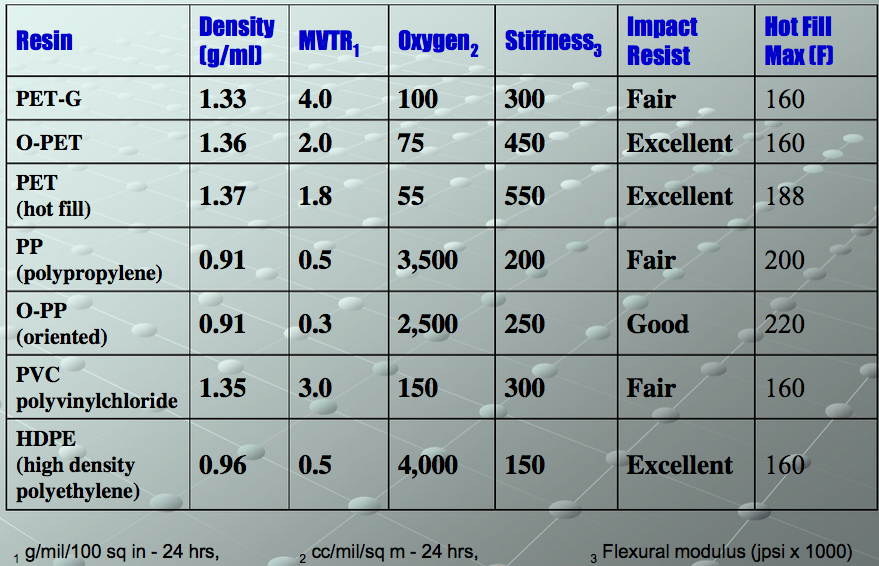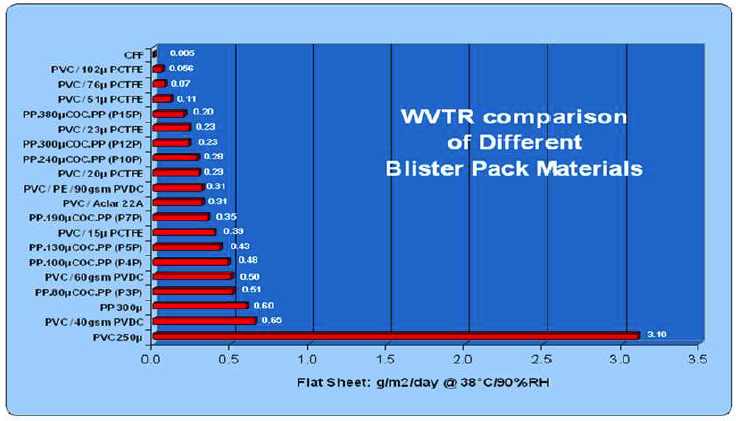Types of materials for blister packaging film.
Fortune Union delivers high quality LDPE, PET, APET, RPET and PVC film for retail blister packaging. We supply polymer rolls and sheets tailored to your packaging production process. Globally we distribute plastic film for packaging manufacturing.
Polyvinyl Chloride (PVC) rigid film
Rigid PVC is a flexible, cost effective, very clear, strong and safe.
PVC in its rigid film form, contains less than 4% of softening agents.
Fortune Union recommends Rigid PVC film as the material of choice for most retail blister packaging film applications for its
excellent properties:
- Good oxygen and water barrier properties ensure extended food preservation.
- Great thermoformability increase packaging production efficiency.
- High fracture strength of the finished packaging give added protection to packaged products.
- Good chemical resistance, make our film suitable for a wide array of applications (pharma, food, retail)
- Great organoleptic properties with low permeability to oils. In its food grade form make it ideal for food containers
- Excellent printing and tinting characteristics
- Highest cost efficiency ratio Price/Unit area.
Polyvinylidene chloride (PVDC)–coated PVC
We recommend PVDC lamination or coating for blister packaging film in cases where PVC does not provide the higher WVTR needed for protecting the packaged product.Some packaging manufacturers opt for a 3 layer film PVDC/PE/PVC to improve Water Vapor Transmission Rate (WVTR) and Oxigen Transmission Rate (OTR), but this also increases the cost substantially due to laminating process and added cost of other materials (PE/PVDC).
Fortune Union recommends in some cases variation of the thickness of PVC rigid for blister packaging film, and adding a one sided coating of PVDC to the PVC rigid film to achieve the desired permeability levels.
In other cases a simple 2 layer lamination and slight variation of the thickness of the film may achieve the required WVTR and OTR level instead of using a more expensive 3 layer film.
Let us analyze your blister packaging film assesing your WVTR and OTR requirements. We can recommend lab tested options for you to choose the film that best suits your packaging production process.
PVC/chlorotrifluoroethylene (CTFE)
Blister packaging film made from rigid PVC film and CTFE have the lowest water-vapor permeability making them the highest moisture barrier of clear films of all films used for blister packaging.
The increased use of PVC/CTFE as blister packaging film confirms the trend toward the use of higher-barrier materials.

Oriented polyamide (OPA)/aluminum/PVC
Nylon/aluminum/PVC
The use of cold form foil (CFF) is growing because more moisture sensitive drugs are on the market. CFF is the only material that provides a 100% barrier to moisture, oxygen, and light.
Cold-form film comprises lamination of Nylon OPA, Adhesive, Aluminum foil, Adhesive and PVC film. The laminated Aluminum layer with its temperature stabilizing properties prevents the CFF from becoming more permeable when temperature raises.
The combination of materials used for blister packaging film give the Cold form foil film the critical properties needed to produce blister packaging that protects the most sensitive pharmaceutical products.
All materials used in the production of Cold form foil are of the highest standards allowing exceptional stretchability and maximum cup depth during packaging process.

Polyethylene Terephthalate (PET)
PET is also a highly cost efficient option for blister packaging film for retail packaging, but because of its high water-vapor permeability its not the best choice for pharmaceutical or food packaging.
PVDC-coated PET
This combination may achieve similar barrier levels of WVTR and OTR, and could be an option to substitute PVDC coated PVC if the packaging production line is ready for the necessary adjustments.
Polystyrene (PS)
Its s a thermoformable product with many reatil applications, but its high WVTR and OYTR discard it as a suitable blister material for pharmaceutical purposes.
Polypropilene (PP)
The properties of PP make it a great choice as a high quality barrier packaging material. Its WVTR permeability is lower than that of PVC and and close tof PVDC coated PVC.
But there are some issues that need to be taken into account whn choosing PP as the material for blister packaging film.
The temperatures required for thermoforming PP and cooling process have to be under close control to achieve smooth production process due to its thermal instability, and possible shrinkage once the packaging is finished.



